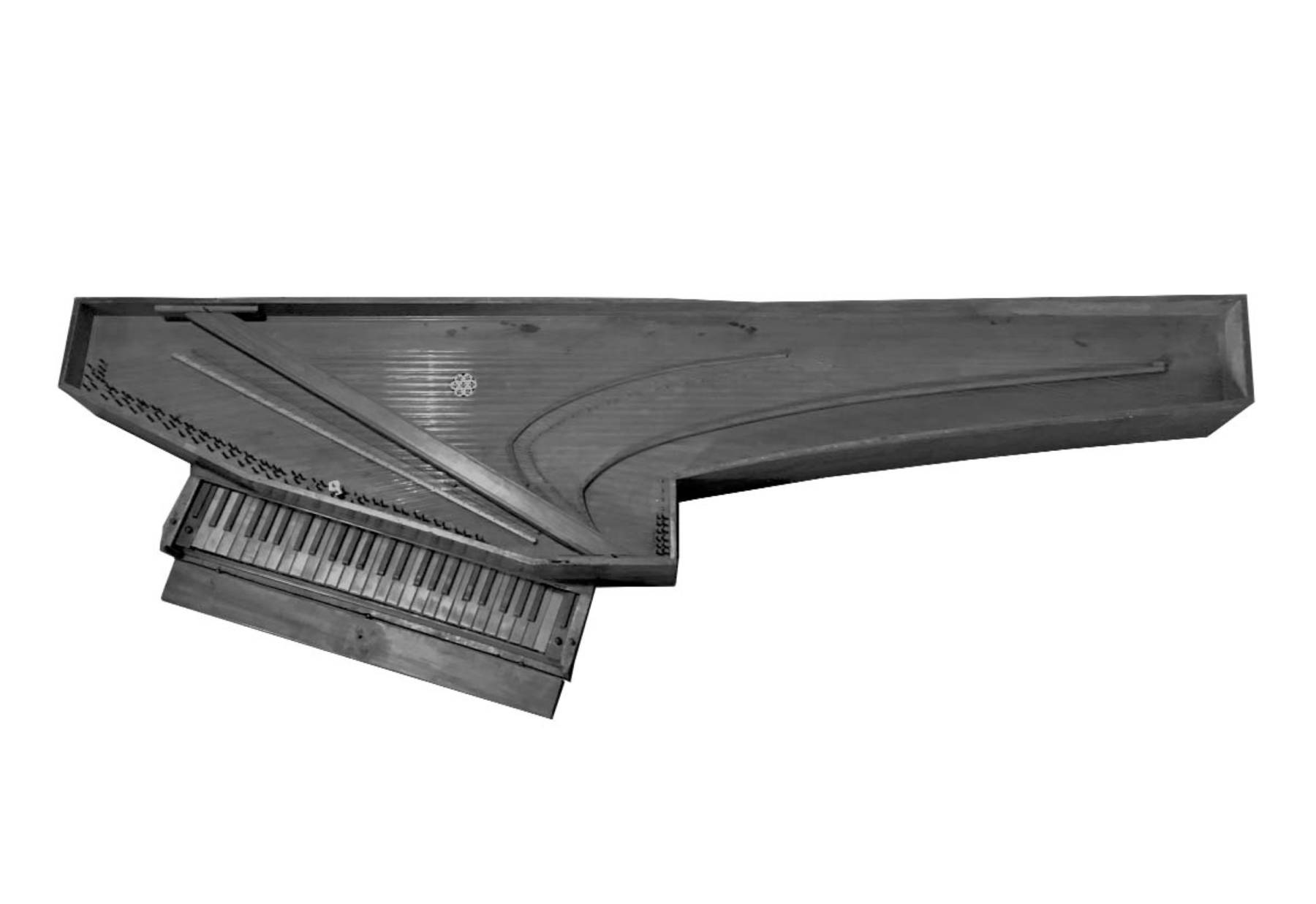Ottaviano Tenerani
in Il cembalo a martelli da Bartolomeo Cristofori a Giovanni Ferrini / The cembalo a martelli from Bartolomeo Cristofori to Giovanni Ferrini, a cura di Michael Latcham e Giovanni Paolo Di Stefano, Bologna, Pendragon, 2019, pp. 117–28.
The 1731 spinettone by Giovanni Ferrini, at the Accademia Internazionale Giuseppe Gherardeschi in Pistoia, is one of three known instruments of this type. The other two are attributed to Bartolomeo Cristofori (Museum für Musikinstrumente der Universität Leipzig) and to Giuseppe Solfanelli (Smithsonian Institution, Washington DC). Archival research has yet to provide useful information on the provenance of this spinettone. Nevertheless, several eighteenth and early nineteenth-century sources in the local Archivio Capitolare in Pistoia refer to a cembalo that was used in the cathedral to accompany the chant for the Lamentations during Holy Week. The use of a spinettone da orchestra per la Settimana Santa is also documented at the court of Florence in 1797. The compass of the spinettone in Pistoia is C-c”’ (49 keys). Like the instruments in Leipzig and Washington, it has two sets of strings, one at 8-foot pitch and the other at 4-foot pitch. The player can choose between the 8-foot and 4-foot stops or to have both together. This is the same situation as for the spinettoni in Leipzig and Washington. Little is known about the independent use of the 4-foot stop in harpsichord music. A principal stop at 4-foot pitch is documented in small organs used in Italy to accompany singing in convents for nuns. Three eighteenthcentury organs of this type – also known as organi da monache, that is, organs for nuns – survive in Pistoia. Perhaps stringed keyboard instruments such as the spinettoni with of an independent 4-foot stop, were used to accompany the nuns in the times of the year during which the organ had to remain silent.

